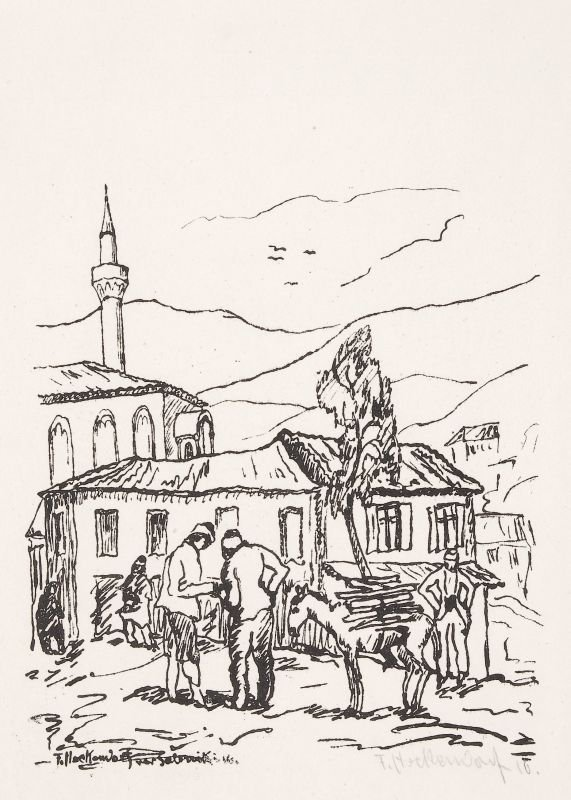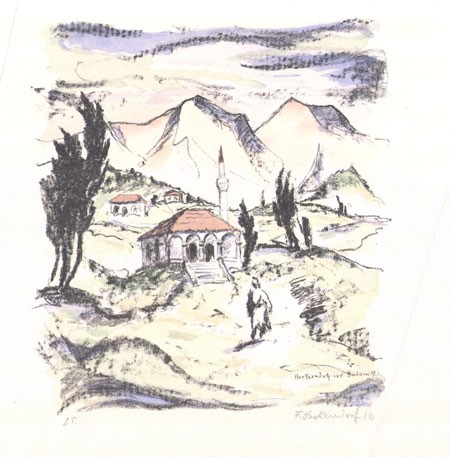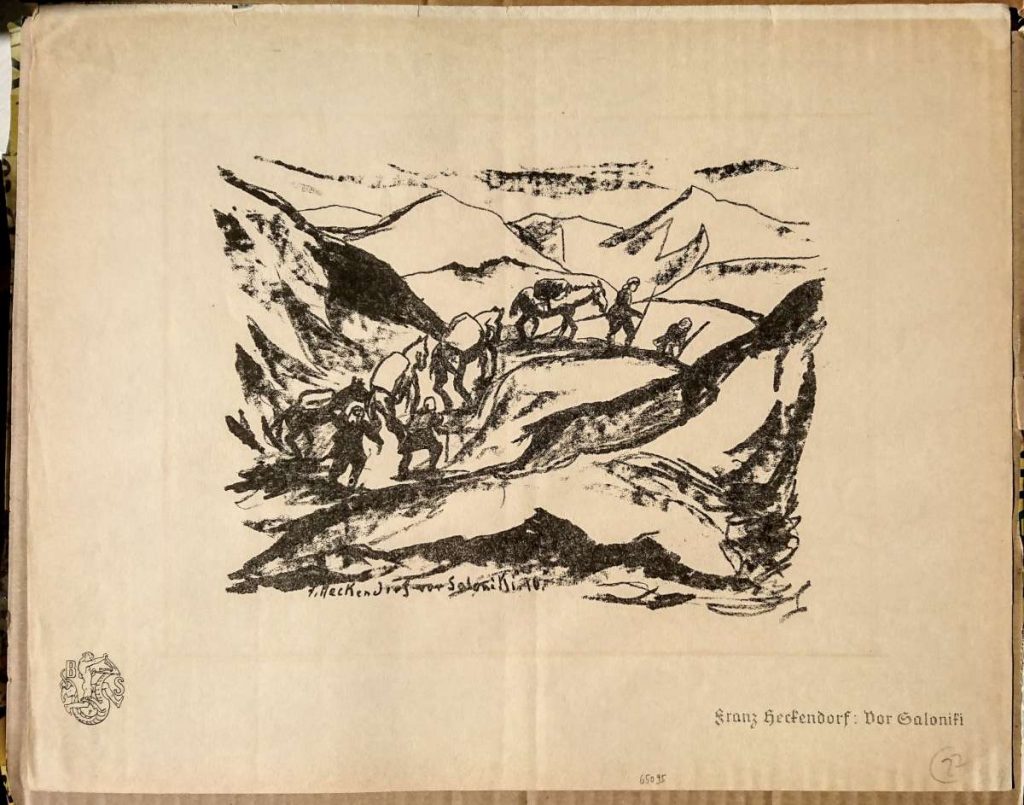Born in Berlin on 5th November 1888, died in Munich on 17th August 1962. He studied at the Academy of Decorative Arts and the Academy of Fine Arts and had his first exhibitions in the Berlin Secession as early as in 1909. His first paintings were focused on impressionism and mainly showed motives he had seen as a pilot during the Great war, like the landscapes of the Balkans and Mesopotamia. It took Heckendorf some time to develop his own style that was closer to expressionism. This was the case when he stopped concentrating on depicting nature and started focusing on an elevated impressionable depiction. Alongside numerous oil paintings, Franz Heckendorf painted pastels and watercolors and worked as a graphic artist.
The artist had to deal with difficult circumstances during the reign of the Nazis, who call his works degenerated. Between 1943-45 he was convicted for helping his Jewish friends escape and was sent to the concentration camps Waldshut and Mаuthausen. After the end of the war, he worked as a professor, first at the Vienna Academy, later in Salzburg and finally in Munich until his death. More information about this artist can be found on http://de.wikipedia.org/wiki/Franz_Heckendorf
Franz Heckendorf visited Macedonia, more precisely the city of Thessaloniki in 1916 where he made several etchings and lithographs. A litho with title “vor Salonika” is in the collection of the author of this lexicon


